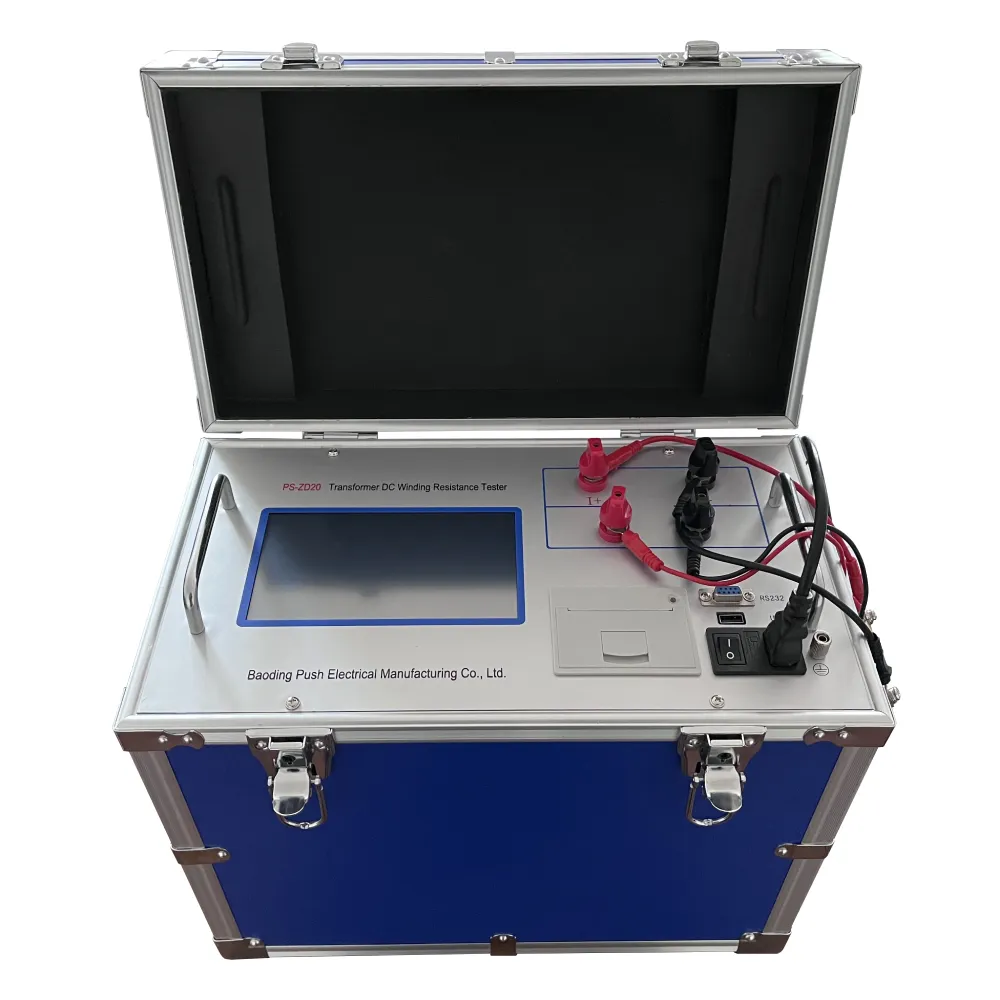 English
English


gas chromatography method
Gas Chromatography Method An Overview
Gas chromatography (GC) is a widely used analytical technique that allows for the separation and analysis of volatile compounds in a mixture. This method is fundamental in various fields, including environmental monitoring, food quality control, forensic science, and pharmaceutical development. In this article, we will explore the principles of gas chromatography, its instrumentation, applications, and advantages.
At its core, gas chromatography relies on the partitioning of compounds between a stationary phase and a mobile gas phase. The sample, which is usually in a liquid state, is vaporized and carried through a column by an inert gas (often helium or nitrogen). The column is lined with a stationary phase, a liquid or solid material that interacts differently with various chemical compounds in the mixture. As the mobile phase transports the vaporized sample through the column, components of the mixture separate based on their affinity for the stationary phase. This separation is influenced by factors such as boiling points, volatility, and molecular interactions.
Gas Chromatography Method An Overview
The chromatographic column is where the actual separation occurs. Columns can vary in length, diameter, and stationary phase composition, allowing for optimizations based on the specific analytes of interest. After separation, compounds pass through a detector, which generates a signal proportional to the concentration of each compound. Common detectors include flame ionization detectors (FID), thermal conductivity detectors (TCD), and mass spectrometry (MS), with FID being one of the most widely used due to its high sensitivity.
gas chromatography method

Data analysis in GC involves interpreting the resulting chromatogram, a graphical representation of the detector response as a function of time. Each peak on the chromatogram corresponds to a different compound, with peak area or height indicating concentration. By comparing peak retention times and areas to those of known standards, quantitative and qualitative analysis can be performed.
Gas chromatography has a diverse range of applications. In environmental science, it is crucial for analyzing air and water samples for pollutants. In the food industry, GC is employed to ensure the quality and safety of products, detecting additives, contaminants, and flavor compounds. Forensic scientists utilize GC to analyze substances found at crime scenes, including drugs and toxic substances. Additionally, in the pharmaceutical field, it enables the analysis of drug components, impurities, and stability testing.
The advantages of gas chromatography include its high resolution, sensitivity, and speed of analysis. It can effectively separate complex mixtures within a few minutes to hours, depending on the application and complexity of the sample. Moreover, advancements in technology have made it possible to couple GC with mass spectrometry, enhancing the identification capabilities of the method.
In conclusion, gas chromatography is an essential analytical tool that plays a significant role across various industries. Its ability to separate and analyze volatile compounds efficiently provides critical data for research, quality control, and regulatory compliance. As technology continues to advance, we can expect gas chromatography to become even more powerful and versatile in its applications.
-
Differences between open cup flash point tester and closed cup flash point testerNewsOct.31,2024
-
The Reliable Load Tap ChangerNewsOct.23,2024
-
The Essential Guide to Hipot TestersNewsOct.23,2024
-
The Digital Insulation TesterNewsOct.23,2024
-
The Best Earth Loop Impedance Tester for SaleNewsOct.23,2024
-
Tan Delta Tester--The Essential Tool for Electrical Insulation TestingNewsOct.23,2024





